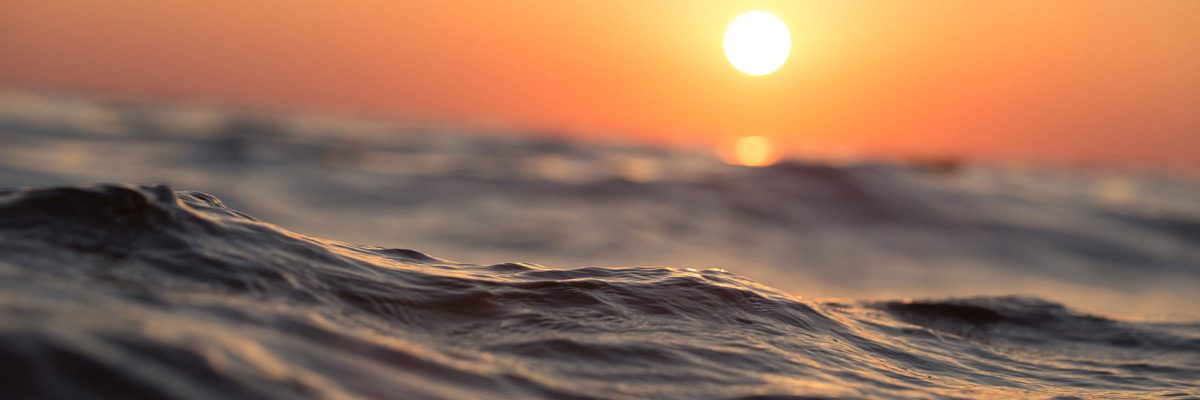Grandpa can I build a nuclear powerplant?
What son?
Oh never mind….
:}
It does not get more antinuclear than this:
http://www.gensuikin.org/english/index.html
. About GENSUIKIN — Its Organization and Activities —
The official name of GENSUIKIN is The Japan Congress Against A- and H-Bombs. Established in 1965, we are one of Japan’s largest anti-nuclear and peace movement organizations. We have chapters in 47 prefectures and include 32 nationwide labor unions and youth groups in our membership (as of March 1997). Our activities are undertaken in collaboration with radiation victims’ groups, labor unions, and political parties. We sponsor two major annual events. A public rally held in March, “3-1 Bikini Day,” commemorates the crew of the fishing boat Daigo Fukuryu-Maru (Lucky Dragon), which was exposed to fallout from nuclear testing at Bikini in 1954. The World Congress Against A- and H-Bombs is held in Hiroshima and Nagasaki in August, the month when atomic bombs were dropped on those cities. Our core activities include efforts to foster solidarity with anti-nuclear activists around the world; anti-nuclear pro-peace campaigns; various initiatives toward a nuclear-free society; and activities in support of radiation victims
But because the nuclear industry is so inept in Japan the anti nuclear power sentiment has grown.
1999 – Two workers killed in explosion at Tokaimura plant
2003 – 17 Tepco plants shut down over falsified safety records
2004 – Five workers killed by steam from corroded pipe at Mihama
2007 – Damage inflicted on Kashiwazaki plant from earthquake
The Japanese operate an incredible 55 nuclear reactors. One of the largest and newest anti nuke groups there is
Stop Rokkasho – which represents opposition to a nuclear fuel reprocessing plant.
Which is led by musicians and I wish I could show you more of the site. But, it’s all Adobe Flash presentations and music downloads which I can’t copy. So you will just have to go look for yourself.
But this is their petition:
Prime Minister of Japan
I, the undersigned, am deeply concerned about the opening on March 31st, 2006 of the Rokkasho Reprocessing Plant. It is not only an issue for Japan but for the whole world. If operation continues and the plant keeps emitting radioactive waste into the air and the ocean, it would seriously damage the natural environment of the whole region, thereby threatening the health and welfare of innumerable human residents for many generations to come.
I also believe the hyper-toxic plutonium produced in reprocessing will present a grave security risk for an earthquake-prone country like Japan, will make the nation more vulnerable to terrorist attacks, and jeopardize the process of worldwide nuclear disarmament.
I, as one of the concerned citizens of the world, respectfully ask the Japanese government to courageously reconsider the approval of the Rokkasho Reprocessing Plant, thereby contributing to environmental protection, regional security and world peace. I am confident that Japan, with its excellent technological capacity, can show good leadership in the world by shifting its energy policy away from nuclear power and towards renewable energy. I believe this is the only path towards a sustainable world.
Dear Prime Minister, please lead your government in stopping the Rokkasho Reprocessing Plant.
The undersigned.
:}
A more conventional Japanese anti nuke site is:
We demand that the Kashiwazaki-Kariwa Nuclear Power Plant be closed
The Group of Concerned Scientists and Engineers Calling for the Closure of the Kashiwazaki-Kariwa Nuclear Power Plant (KK Scientists) was formed shortly after the Chuetsu-oki earthquake. It was started by four people who, on 21 August 2007, issued an appeal. To date over 200 scientists and engineers have endorsed this appeal. They are actively demanding that objective scientific and technical investigations be carried out “keeping in mind the possibility of permanent closure of the plant”.
The Nuclear and Industrial Safety Agency (NISA) of the Ministry of Economy, Trade and Industry (METI) has established the “Subcommittee for Investigation and Response to the Nuclear Facilities affected by Chuetsu-oki earthquake”, chaired by Haruki Madarame, a professor of Tokyo University, and ordered Tokyo Electric Power Company (TEPCO) to check equipment and carry out seismic response analysis. However, these investigations are clearly being carried out based on the premise that the plant will be restarted in the near future. It would therefore be difficult to call them objective scientific and technical investigations. In addition, the nuclear industry is trying to lend authority to these investigations being carried out by the government and TEPCO by holding an international symposium in February this year in Kashiwazaki City*2.
As scientists and engineers, we believe that it is necessary to condemn and highlight the problems of this type of biased investigation, which is being carried out by the regulatory authorities and TEPCO without the participation of residents. We have prepared this document for this purpose and welcome comments on its contents.
Our key arguments are as follows:
- Kashiwazaki-Kariwa was never a place to build a nuclear power plant.
- Sloppy safety examination overlooked an over 40 km-long submarine active fault.
- This time was a miraculously lucky escape.
- The danger of another large earthquake remains. The government is violating its own seismic design rules.
- Important safety equipment may have been seriously damaged.
- TEPCO’s equipment checks are not capable of identifying all the damage.
- TEPCO’s seismic response analysis fails to identify the true situation.
- Struck by the double blow of aging and an earthquake, Kashiwazaki-Kariwa should not be restarted
:}


